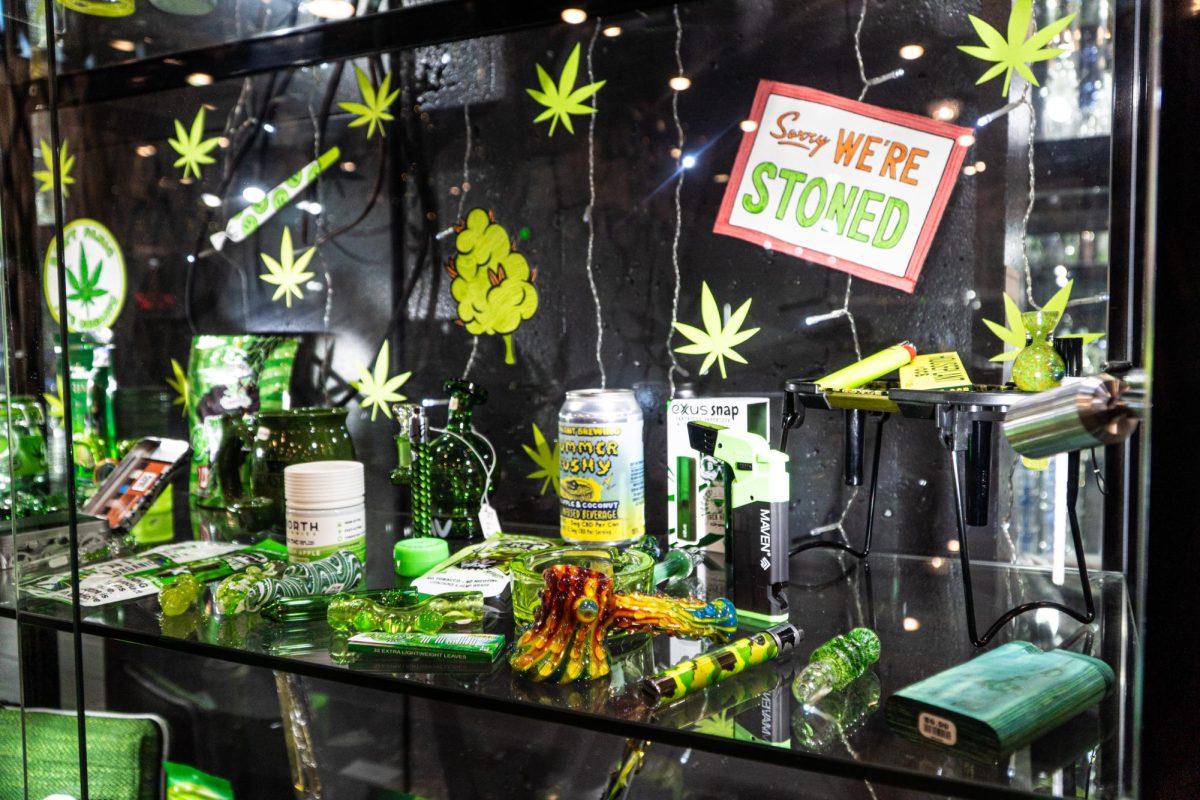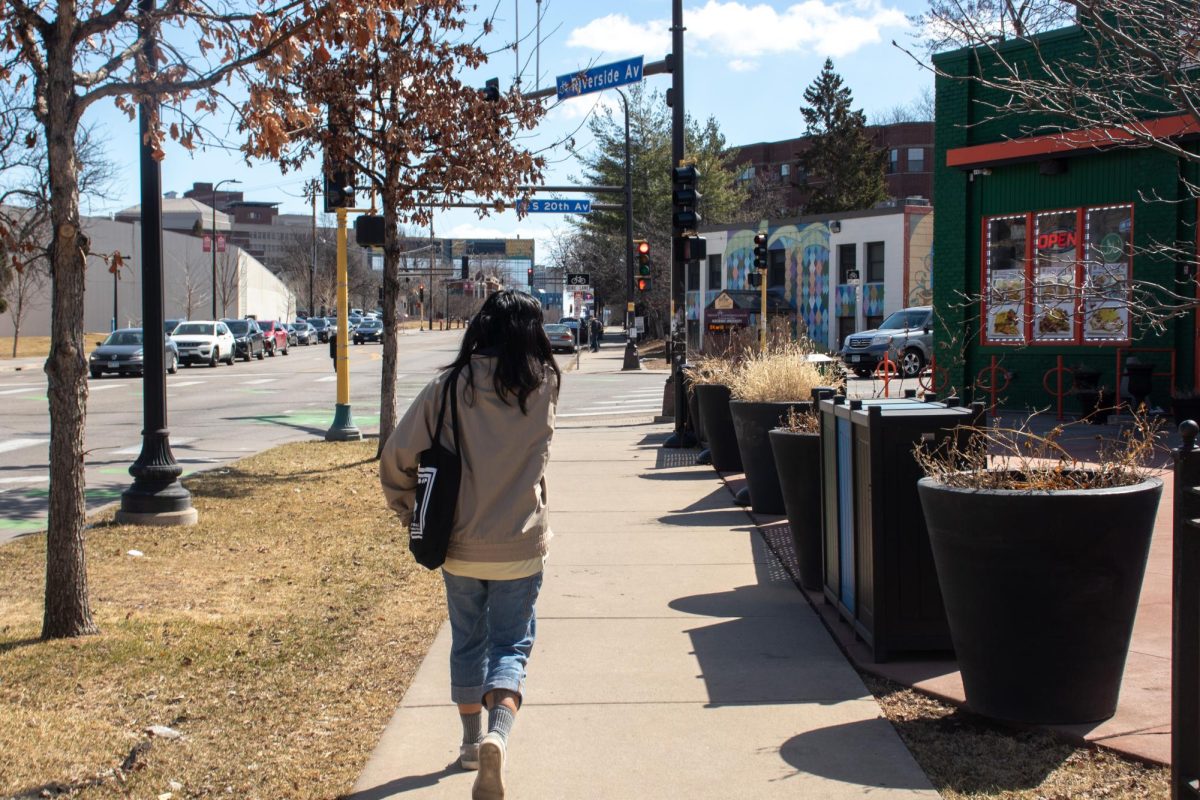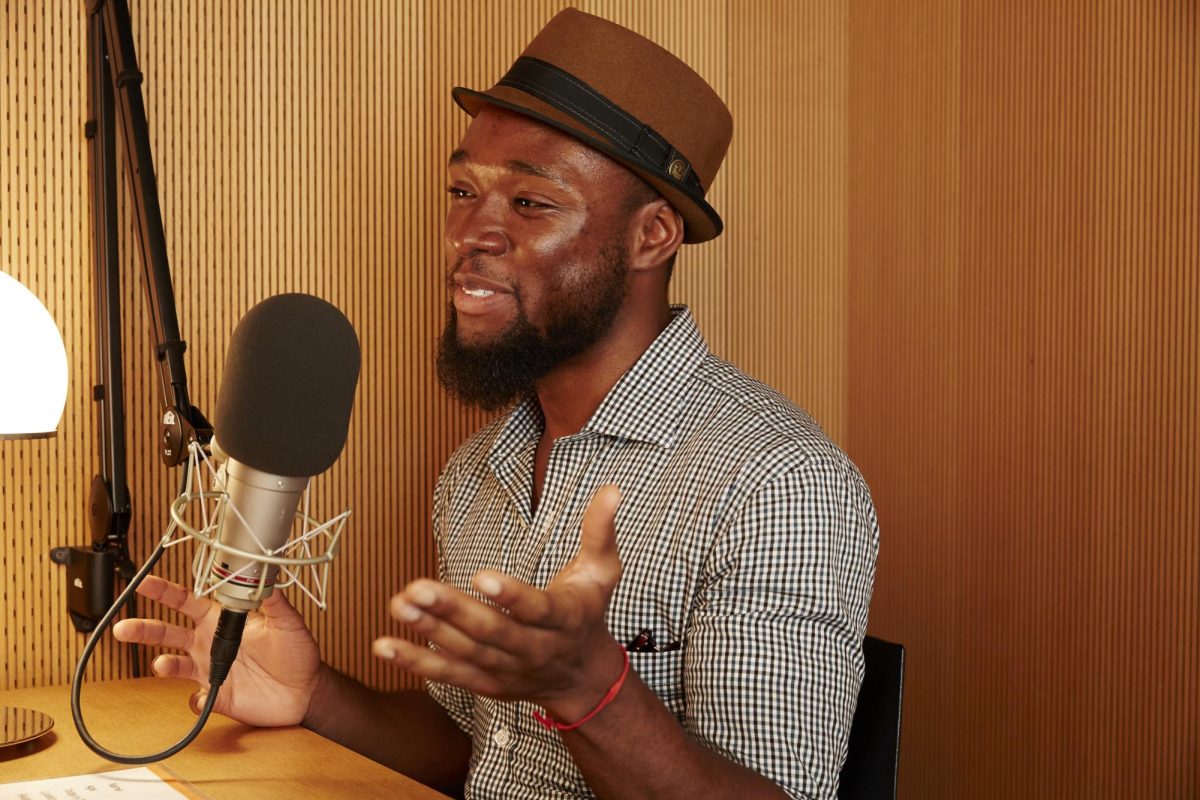Three new lab spaces with 3D printers and water jet cutters opened at the University of Minnesota Thursday with hopes of giving engineering students first-hand experience with state-of-the-art equipment.
The $2 million, 10,000 square-foot Anderson Innovation Lab consists of three different spaces, two in the Mechanical Engineering Building and one in the Civil Engineering Building. The lab spaces opened to all students Thursday.
“Other spaces like the Medical Devices Center can’t accommodate many students. Additionally, you have to be associated with a course or the center to use their facilities,” said Will Durfee, a mechanical engineering professor who led the committee that opened the labs.
The College of Science and Engineering wasn’t planning on opening the labs until students expressed their need for them.
“We were super behind in terms of engineering spaces, especially among engineering schools, benchmark peer instituions and private instituions. It was starting to become a problem because students would look [at] other universities with better facilities,” Durfee said.
Design Lab, the largest of the innovation labs, is 5,000 square feet in the Mechanical Engineering Building. The space includes four laser cutters, which can cut wood, plastic and cardboard. It also includes 20 3D printers. Other equipment like large work benches, computer lab spaces and a tool-lending library is also available.
The Student Machine Shop includes metal working mills, lathes, computer-controlled milling machines and a water jet cutter.
The Student Shop is about 3,000 square feet in the Civil Engineering Building. It also includes 3D printers, 3D scanners, welding facilities and woodworking tools.
“The space is great for experiential learning. Many graduating engineers don’t have hands-on experience or don’t understand the practical side of engineering,” said Ben Guengerich, the lab manager.
The lab is open 24/7 via U Card to students trained in using the equipment. Training is open to any student, Guengerich said.
“One of the biggest goals was to update the College of Science and Engineering student shop by getting top-notch and industry-standard equipment, so that when students graduate and look for [a] real-world job, they have some experience using computer-controlled equipment,” said Josh Halverson, a senior in mechanical engineering.
The space initially opened in November 2015 with limited equipment to see how the space was going to run and in order to determine which students and faculty members needed the space, Durfee said.
The space was funded by Carlson School of Management graduate Clifford I. Anderson and Nancy C. Anderson.
“We want these to be places for those who need to see if their imaginations lead to reality,” said Clifton Anderson, a major donor of the Anderson Innovation Labs.







